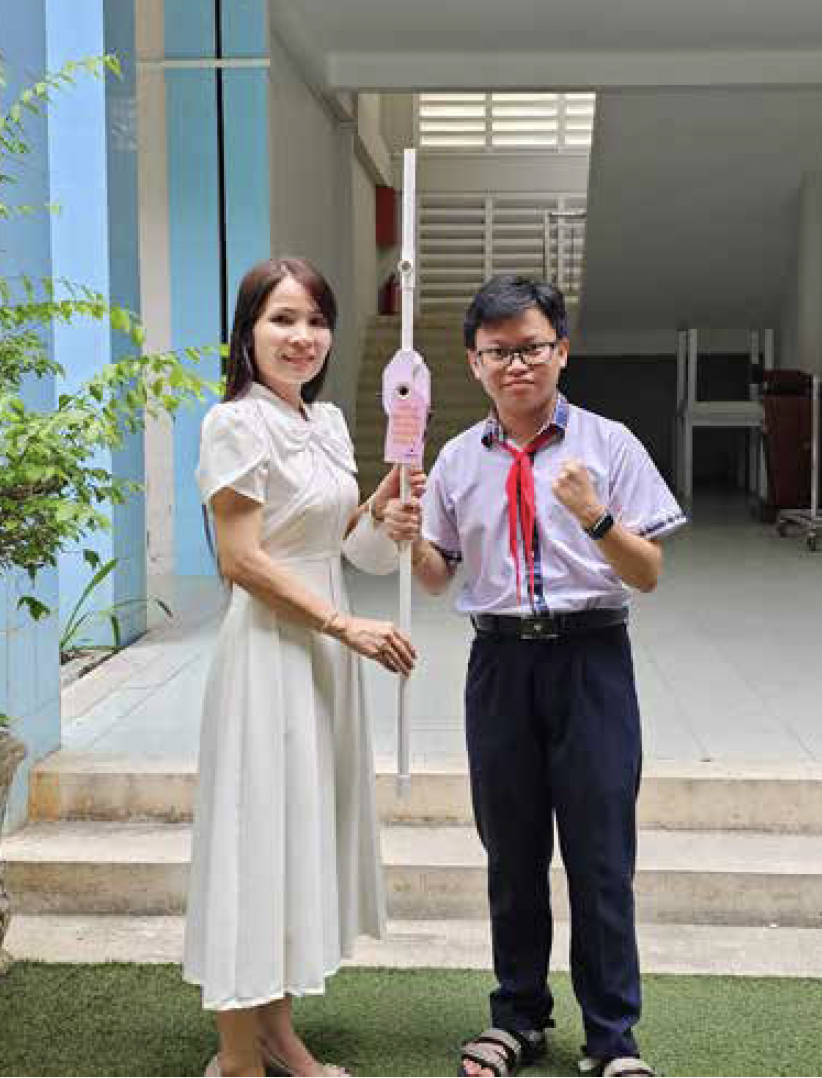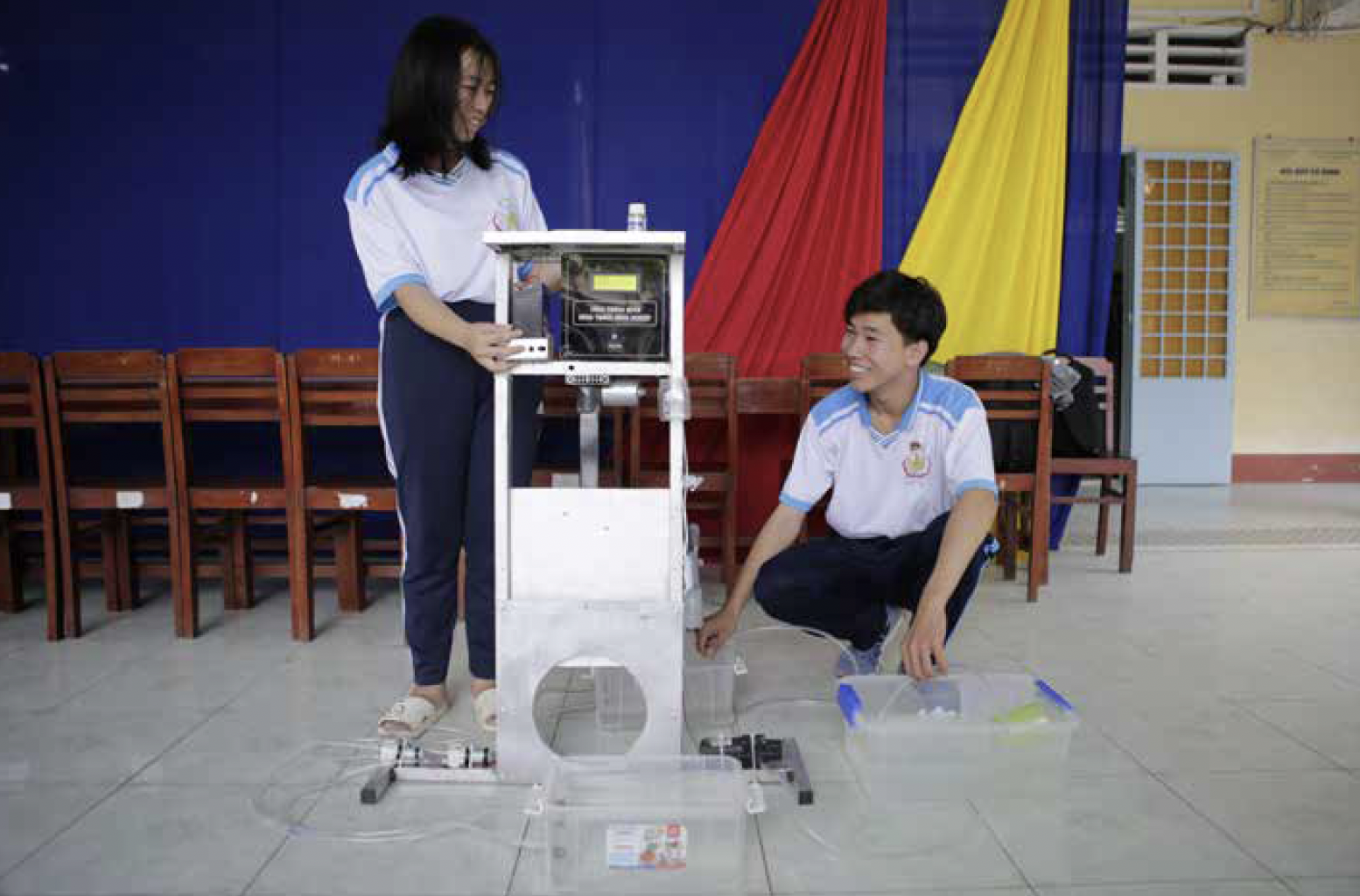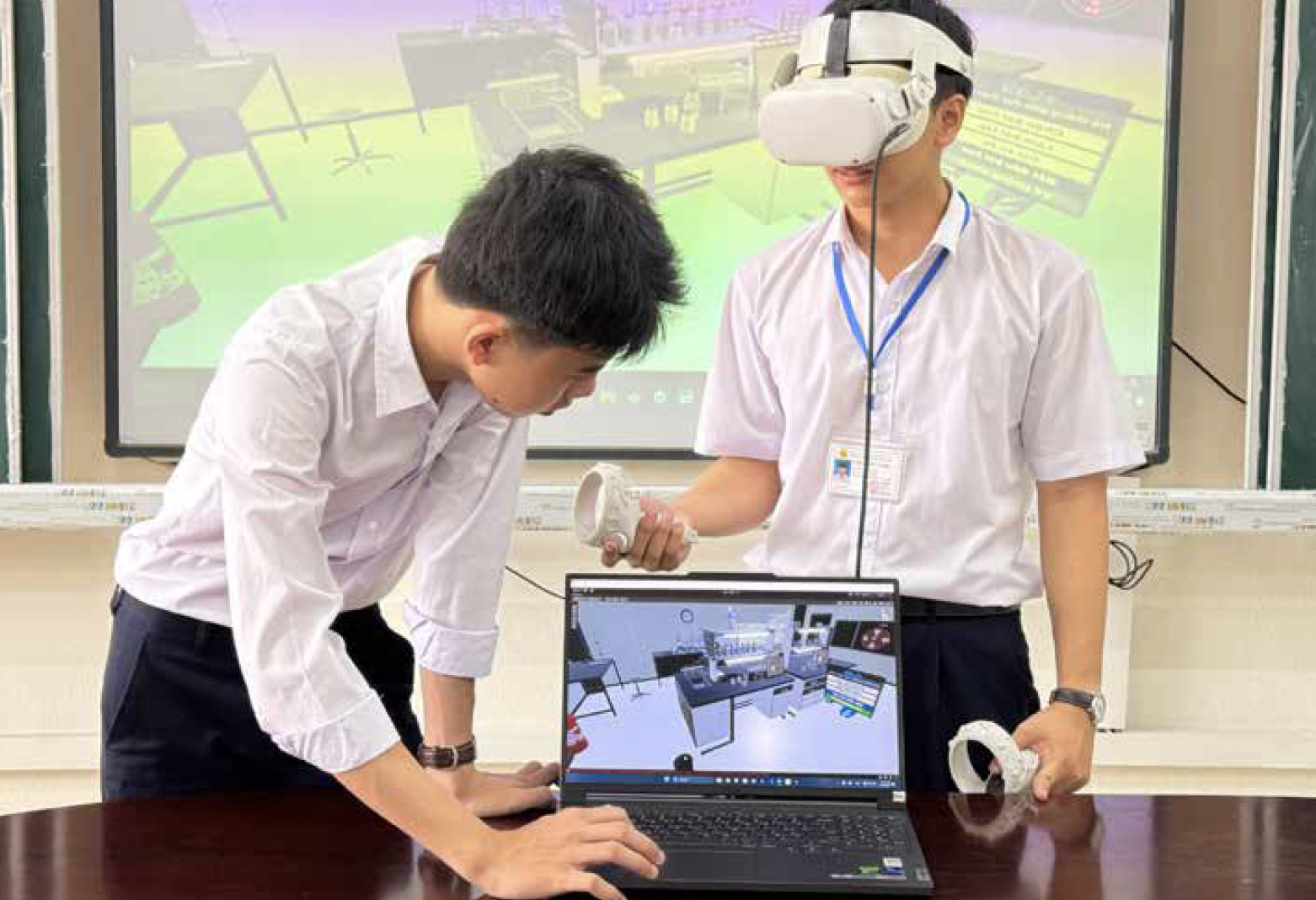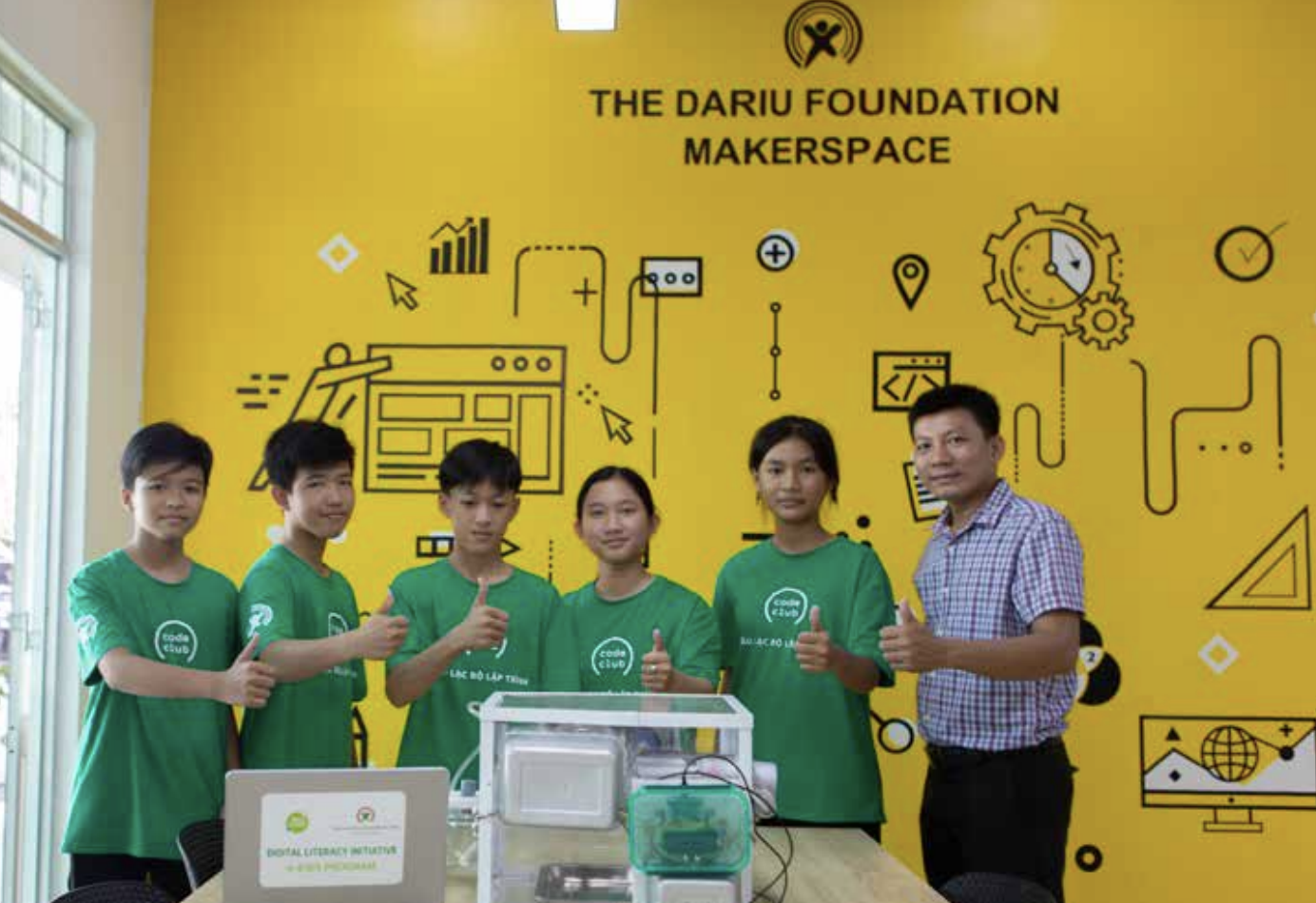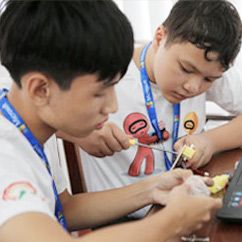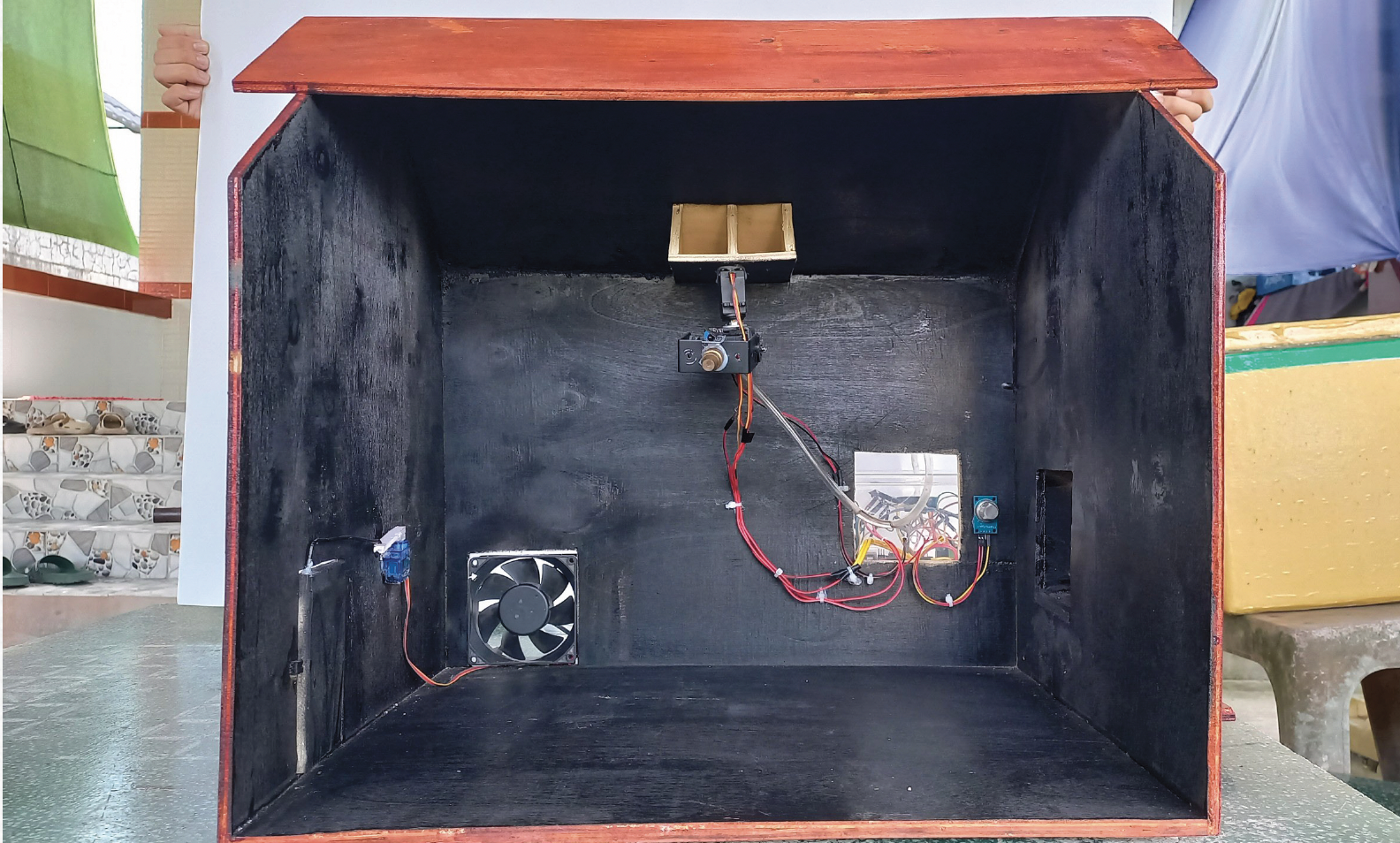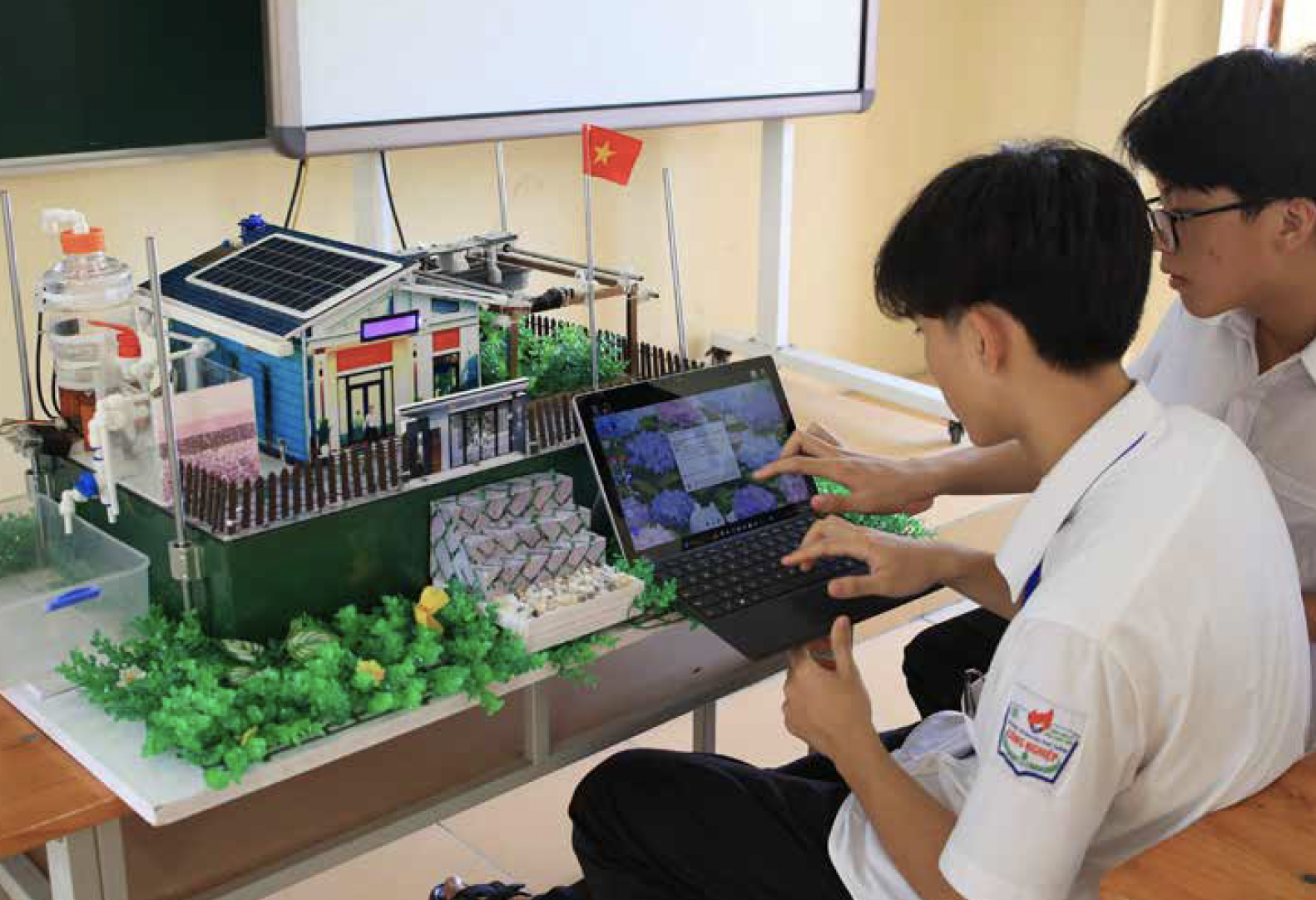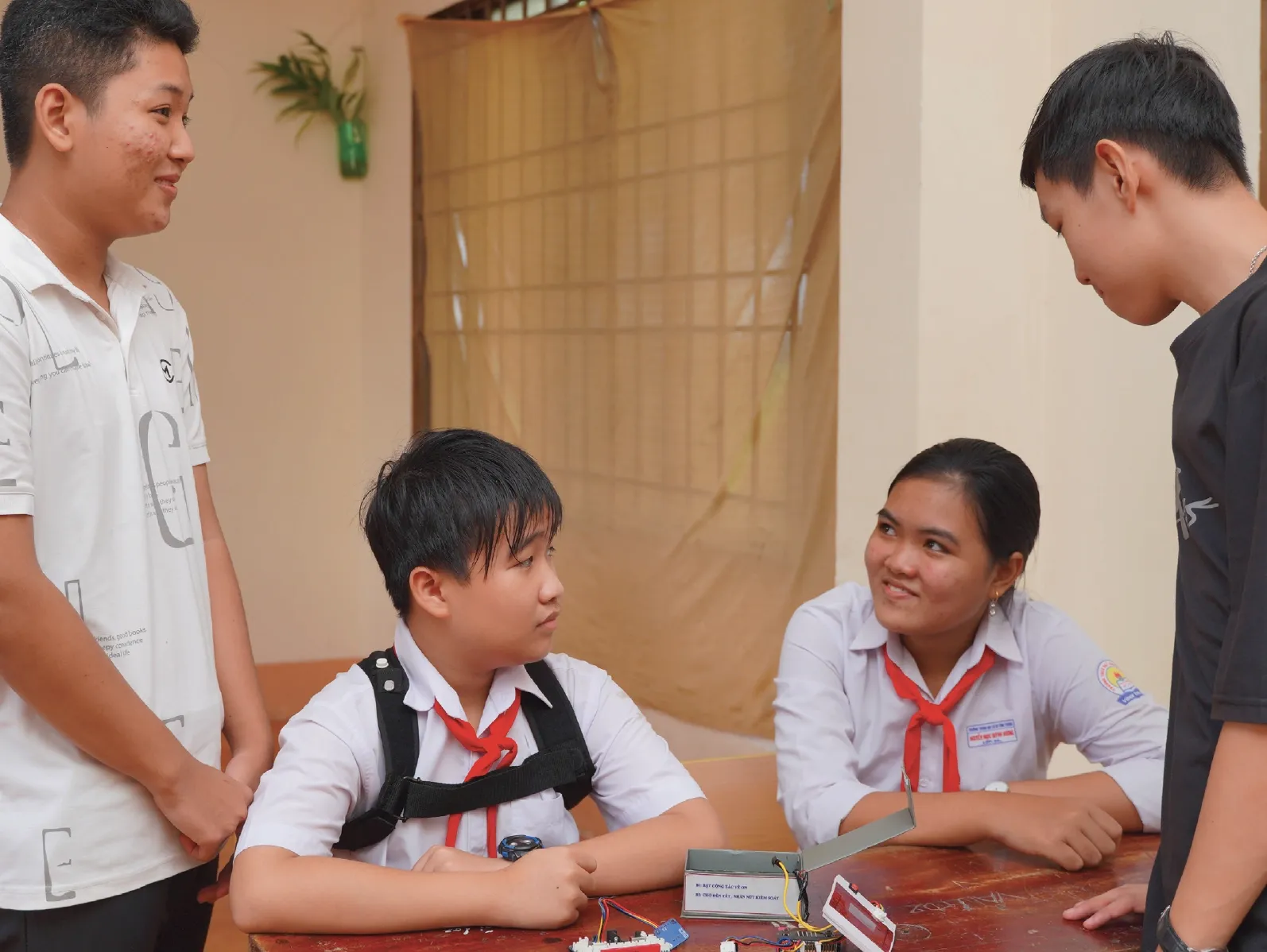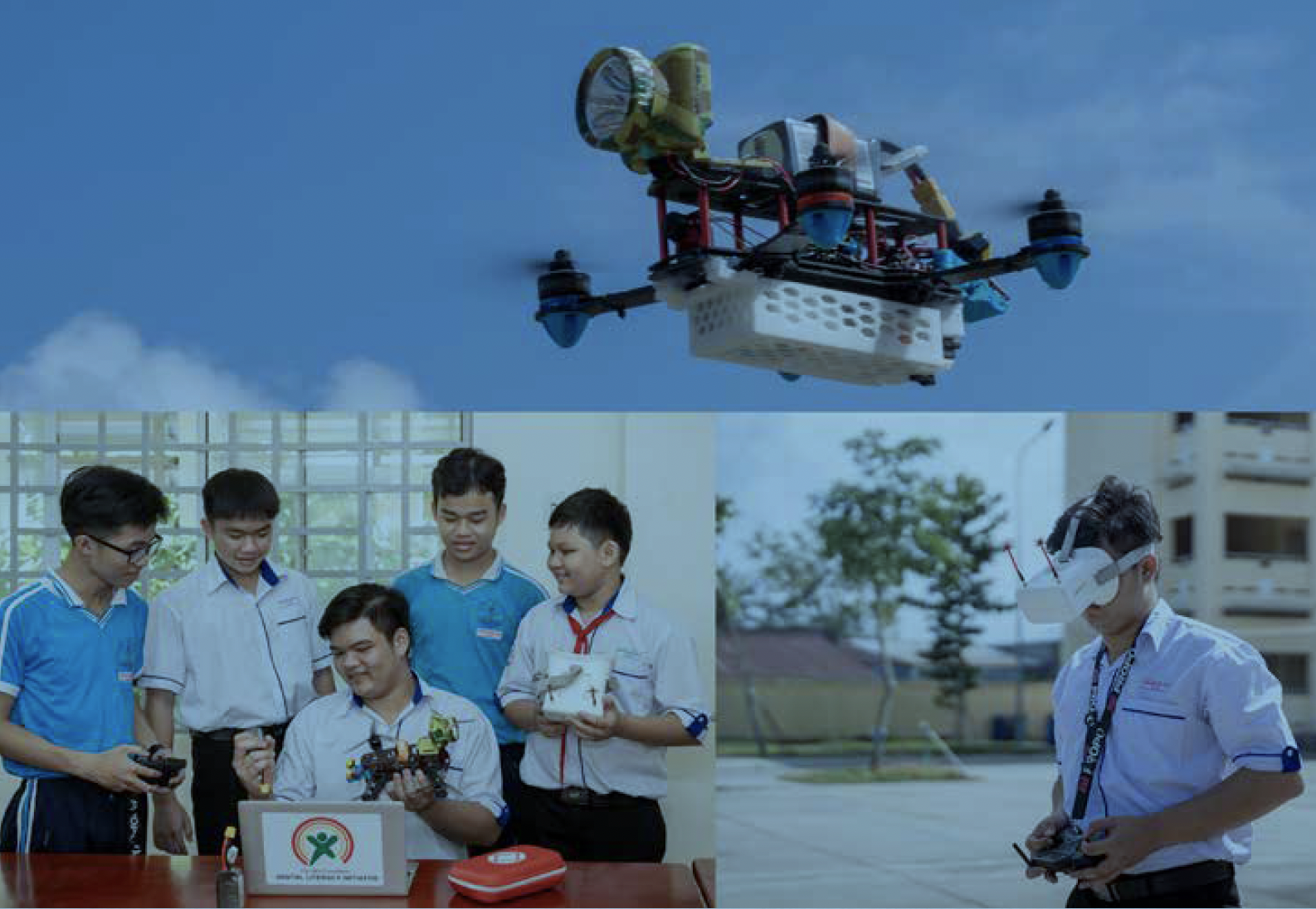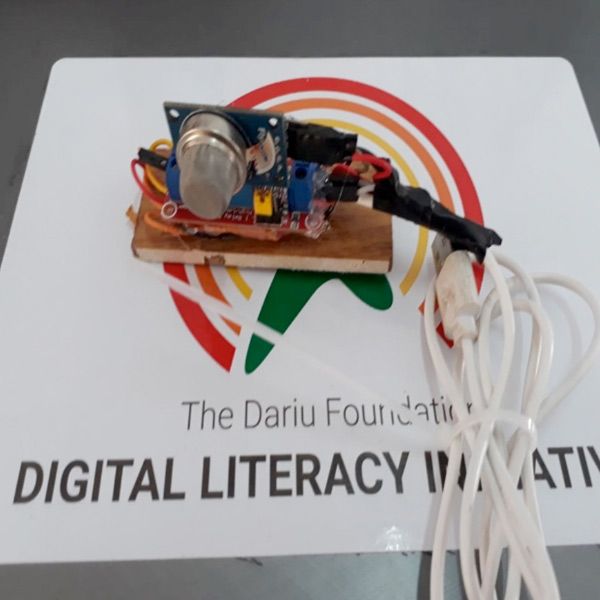NAVIGATION DEVICE
In Vietnam, the visually impaired and elderly face significant mobility challenges due to limited support. As of World Sight Day 2024, approximately 2 million Vietnamese are blind or have low vision, many of whom cannot afford treatment. These individuals often struggle to identify directions and obstacles, making them vulnerable to accidents, especially at intersections with traffic lights.This project aims to develop a device that acts as an extra “eye” for the visually impaired and elderly, improving their safety and integration into society.
The device uses an Arduino board as its main processor. It receives signals from various sensors to perform basic functions:
- A distance sensor detects obstacles and alerts the user with audio or vibration signals. It activates a vibration motor and speaker when an object is too close, warning the user of potential danger.
- A color sensor recognizes traffic light colors and provides spoken instructions. This feature helps the device distinguish between red and green lights, providing critical guidance in an audible way.
- A tilt sensor detects falls and sends an emergency alert to a designated contact.
These core features work together to provide a comprehensive navigation system. Users receive real-time feedback on their surroundings through audible alerts, vibrations, and potential future integration with GPS for location tracking. Health monitoring features such as heart rate and SPO2 sensors may also be integrated in the future.


